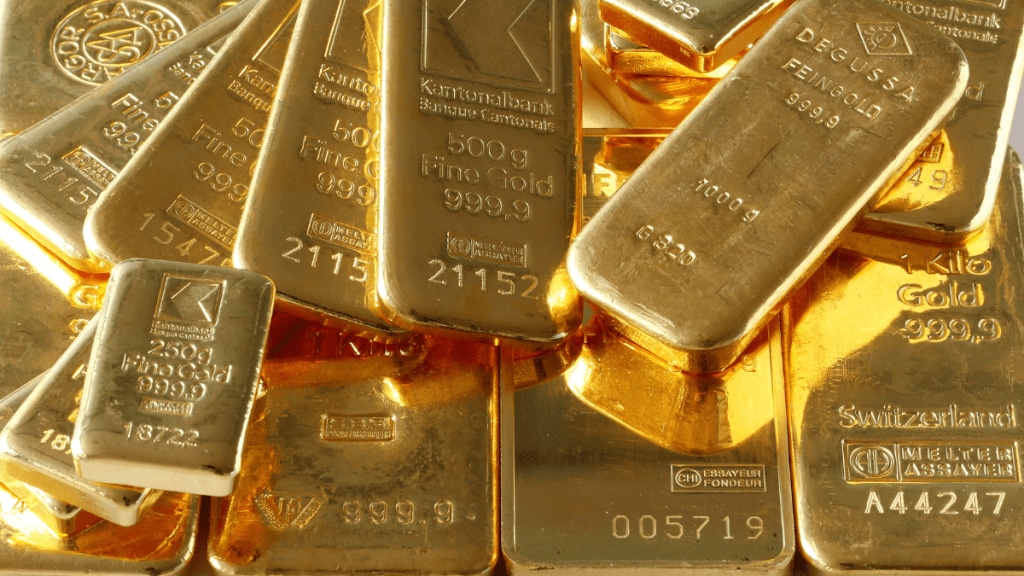Gold is in the spotlight as a hedge against heightened geopolitical uncertainties and adverse headwinds buffeting the world economy. There are concerns about inflation, interest rate cuts that reduce the appeal of holding government debt, and prospects of a US-China trade war—as a result of which stock markets are on the edge.
The rally in gold has seen prices rise by 59% this year, hitting all-time highs of $4,000-plus per troy ounce. If anything, it has been outmatched by sharper gains of 85% in silver that investors consider a proxy for gold. Gold’s allure is also growing as an avenue for profitable investments as its returns outpace equities and other asset classes.
Investors are turning to this precious metal with record inflows of $26 billion in gold-backed exchange trade funds in July-September. During this quarter, in India, too, inflows into these funds hit highs of $1.35 billion, taking assets under management to $10 billion. So far this year, inflows into such funds amounted to $2.29 billion which are almost double the levels of $1.28 billion in 2024 as a whole, according to the Association of Mutual Funds in India.
The big question is whether this rally, which has entered bubble territory, is sustainable. No doubt, it has been driven by global investors for fear of missing out on the price momentum but irrational exuberance has its limits. Rather than inexorably rise to $5,000 a troy ounce, there could be a sharp correction in the months ahead if, say, inflationary conditions abate as happened in the early 1980s or 2011.
Gold has an inverse relation to the US dollar and its good run has a lot to do with the weakening currency unit. All of this could change if the dollar strengthens with prospects of lower inflation and stronger US economic growth. But a more potent factor for a correction is if central banks, especially in developing countries, that have bought more than 1,000 tonnes of gold annually for the last three years decide to sell it. But there are no indications that this is likely to happen.
If anything, the Reserve Bank of India—whose stocks of gold amount to 879 tonnes—has experienced favourable valuation effects. With soaring prices, the share of gold in foreign exchange reserves has risen to highs of 14%.
Whether the surging prices will dampen the insatiable appetite of Indians for this precious metal remains to be seen. India is no ordinary country as far as gold is concerned, as it is the world’s second-largest consumer after China. In the ongoing festive season, elevated prices may have taken the shine off jewellery purchases—with fixed budget buyers reportedly preferring lower-carat and lighter pieces—but investment demand is intact for pure gold in the form of coins and bars.
Indian households’ gold reserves stand at 25,000 tonnes, which contrasts with the 29,998 tonnes accumulated by global central banks, excluding the US Federal Reserve, according to the World Gold Council. With soaring gold prices, Indians are also taking out loans with this precious metal as collateral. Although the proximate factors behind our affinity for gold are imperfectly understood, there is no doubt that it has always been a long-standing safe haven in times of trouble although there are doubts as to how long prices will defy gravity.

